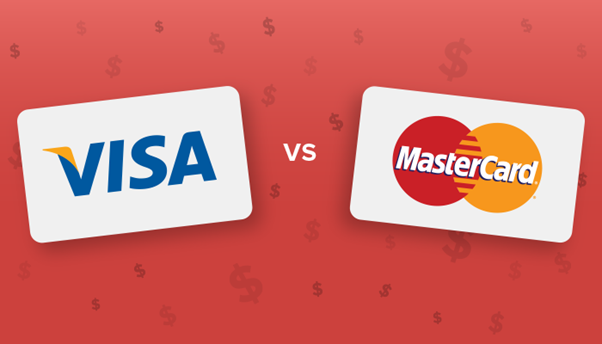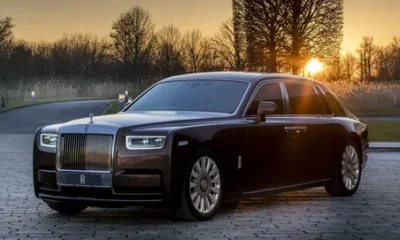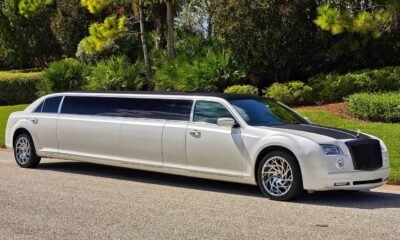Credit cards are one of the best options to help manage your finances in times of need. These plastic cards come with a pre-approved credit limit up to which you can make purchases of various goods and services. This credit limit is decided by your bank based on your income and credit score.
Every best credit cards in India carries a logo apart from the logo of the issuing bank. Have you ever noticed this and wondered what are these other logos? In India, most credit cards have the logo of either MasterCard, VISA, RuPay, or American Express. These are companies that dominate the electronic payments industry in India and handle the bulk of the country’s electronic payments.
Out of the four, VISA and MasterCard are the most popular forms of credit cards in India. Both these companies are payment gateways that facilitate electronic payments across all major banks around the globe. Most people assume VISA and MasterCard to be credit card issuers. Contrary to popular opinion, they are just liaison networks between issuing banks and merchants. You do not submit your credit card application to VISA or MasterCard, but your issuing bank. VISA and MasterCard only process your transaction when you swipe your card at a PoS terminal.
A common query lingering in the minds of people is – “How to choose which payment gateway credit card I should buy?” The answer to this question is that you should not choose a card based on the payment gateway it provides. Rather you should choose a credit card based on the reward programs, discounts, and cashback it offers.
UNDERSTANDING VISA & MASTERCARD
Both VISA and MasterCard are publicly traded companies. VISA commands a market capitalization of $497.5 billion while MasterCard follows closely behind with a market capitalization of $359.8 billion (as of May 2021).
The business models of both companies are very similar. Neither company issues cards directly to the public. They partner with financial institutions such as banks and credit unions to extend cards. These partnered financial institutions issue cards for individuals or businesses, either directly or in partnership with airline, hotel, and retail brands.
SETTING TERMS & CONDITIONS
The issuing financial institutions are responsible for setting the payment card’s terms and conditions, developing rewards programs, structuring the interest rates, and underwriting. They can also decide on the perks to be offered such as identity theft, fraud protection, rental insurance, and business purchase discounts. VISA and MasterCard only compete for the co-branded partnership and take part in the drafting of card terms.
SIMILARITIES BETWEEN VISA & MASTERCARD
- CONTACTLESS
Both VISA and MasterCard credit cards offer contactless payment technology. You need to just tap on your credit card on a PoS machine to complete a transaction. There is no need to enter a PIN.
- PROTECTION FROM FRAUD
One of the most beneficial features of both VISA and MasterCard is that it offers protection against fraudulent activities. If someone makes an unauthorized transaction from your credit card, then you will bear no liability.
- ACCEPTED AROUND THE GLOBE
VISA and MasterCard credit cards are accepted at every PoS all around the world. Some payment gateways facilitate transactions only within a particular country. For example, RuPay supports transactions only within India.
- MAJOR SOURCE OF REVENUE
Both these companies earn a majority of their revenue from service fees and data processing fees.
VISA VS MASTERCARD
The main factor differentiating VISA and MasterCard cards is their “fee structure”.
- VISA
- In 2020, VISA generated net revenue of $21.8 billion with a payments volume of $8.8 trillion.
- VISA’s products include credit, debit prepaid cards as well as business solutions, and global ATM services.
- Service fees are charged to the issuer and are based on card volume.
- Data processing fees are also generally charged to the issuer, who in turn retrieves these fees by charging merchants for each transaction.
- MASTERCARD
- In 2020, MasterCard generated total net revenue of $15.3 billion, with a payment volume of $6.3 trillion.
- Mastercard’s core products include consumer credit, consumer debit, prepaid cards, and commercial product business.
- MasterCard characterizes its fees differently as compared to VISA.
- Service fees for MasterCard are negotiated and calculated as a percentage of global dollar volume.
- Data processing fees are known as “switching fees,” which are a small, fixed cost per transaction charged to the issuer.
LEVELS OF CREDIT CARDS
- VISA
- There are three levels of VISA credit cards – TRADITIONAL, SIGNATURE, INFINITE.
- A Traditional VISA credit card comes with features like auto rental collision damage waiver, zero fraud liability, emergency card replacement, and emergency roadside assistance.
- The Signature VISA credit card offers the features of a Traditional VISA card with extended warranty protection and emergency assistance.
- The Infinite VISA card offers the features and benefits of both traditional and signature VISA cards. Besides that, it comes with added benefits, such as return protection, purchase protection, travel accident insurance, trip cancellation, interruption insurance, and lost luggage reimbursement.
- MASTERCARD
- There are three levels of MasterCard credit cards – STANDARD, WORLD, WORLD ELITE.
- A standard MasterCard credit card is known for benefits, such as card replacement, identity theft protection, zero fraud liability, extended warranty, and price protection.
- A World MasterCard comes with cell phone insurance, travel insurance, free access to concierge, discounts, and promotions with select retailers.
- A World Elite MasterCard comes with the benefits of both Standard and World MasterCard.
So, whenever you choose a credit card, look at the benefits, reward programs, and privileges the card offers. The payment gateway should not have any impact on your choice.
Read Also: All you need to know about Credit Report


















